How Your Office Interior Design Can Help Improve Employee Retention
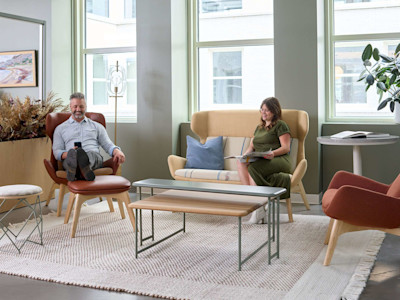
Employee retention is always a top concern for organizations. And it should be! The numbers speak for themselves. Companies lose 18% of their workforce to turnover each year. That is almost one out of every five employees. Some turnover is involuntary (layoffs, termination, etc.) But 12% is voluntary, and the overall cost of voluntary employee turnover amounted to over $1 trillion in 2022 alone. In this post, we look at four ways to improve employee retention and how each can be created through office interior design.
Collaboration and Office Interior Design
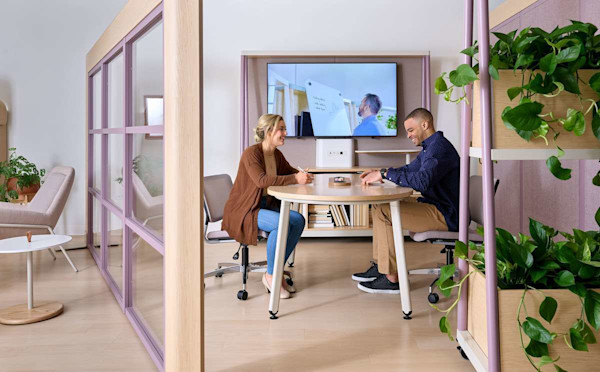
Foster Flexibility
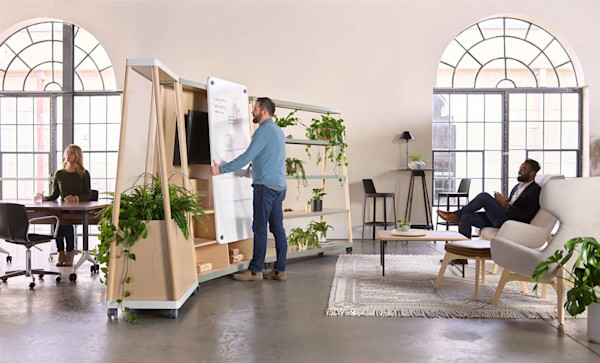
If your office is looking at a large number of empty or often unused desks, it's time to think about how this looks to your employees.
Flexible furniture pieces are meant to change. This often looks like pieces on wheels. These mobile features can change as your group changes each day. To accommodate a large group, partitions can be rolled away. To create a more intimate small group meeting, these same partitions, often in the form of planters, whiteboards, or shelves, can be pulled in closer. Including flexible furniture can improve employee retention by making it easier for employees to accomplish the task at hand. They can easily create the space they need for collaboration, or for accomplishing focused work. The changes in your office interior design also remove the feeling of emptiness and make your office a brighter happier place to be.
Prioritize Comfort
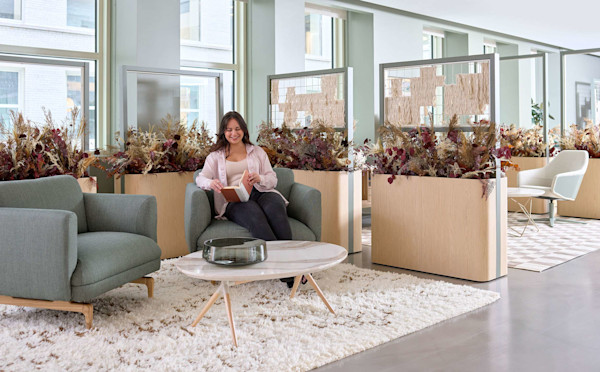
When a focus is put on creating comfort, productivity improves as well.
At a minimum, employees should have the ability to work pain-free. But another thing to consider is bringing some of the comforts of home to the office. This might look like lounge seating in break room areas or couches and footrests in collaboration areas. It could also mean the addition of hotel-like amenities to really make the office a place employees want to return to and stay at.
Set the Tone
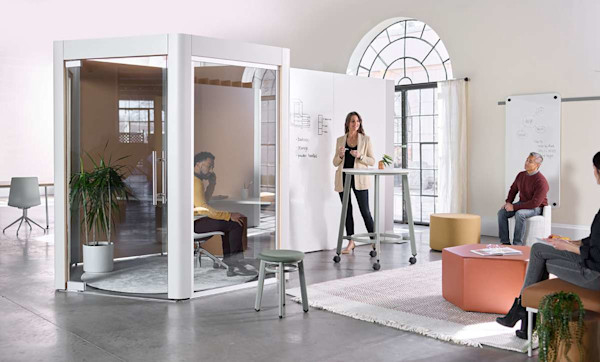
Visibility within companies and teams creates shared experiences, which are crucial for a strong culture.
As we begin the new year this is the perfect time to take a good look around your office. Does it represent the type of culture you believe it should? Does it represent the culture you are trying to grow? Culture is all around us in the office. And it doesn't matter whether your team is working from home, the office, or a mix of both. Workplace culture emerges from each member of your team. Changes you make today can steer your culture in a positive direction and encourage growth into the new year. Looking to update your interior office design to improve culture and retention? StrongProject can help.



